1,576 days, 2,409 entries ...
Newsticker, link list, time machine: HOLO.mg/stream logs emerging trajectories in art, science, technology, and culture––every day
“How do we move from just prioritizing the material, when there are some things beyond the material that could be preserved better? What are the conservation directions for something that is installed in your head?”
“We’d have kept our fossil fuel funding sponsors AND curated poetry competitions on climate change if it wasn’t for those pesky school strike kids.”
“Artist PSA: Go download every bit of press you’ve received today, because the media industry situation is dire and not getting better any time soon.”
“If you’re confident in a contemporaneous movement or your own work, you don’t have to pretend it’s novel. Without acknowledging over half a century of media arts, you are asking to be forgotten.”
Irish curator Iaraith Ní Fheorais launches the Access Toolkit for Artworkers, a practical guide for planning, producing, and exhibiting accessible art projects including information on finance, workplaces, and display. Drawing on resources created by Caroyln Lazard, Sins Invalid, Unlimited, Leah Clements, Alice Hattrick, and Lizzy Rose, the toolkit is an effort to undo the ableism in art spaces and help eradicate access barriers for d/Deaf, neurodivergent, chronically ill, and disabled communities.
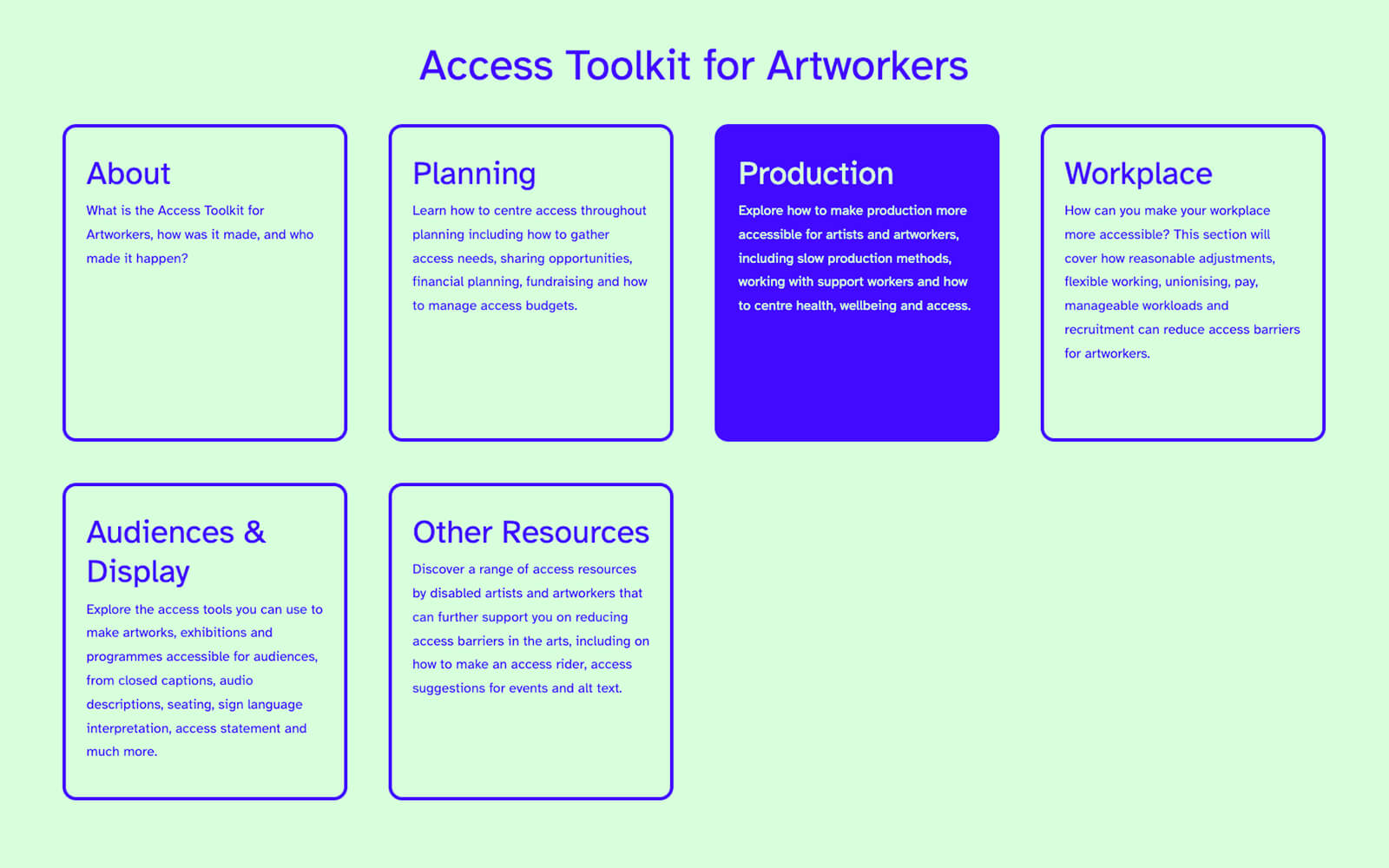
In anticipation of the Steamboat Willey (1928) version of Mickey Mouse entering the public domain in 2024, Matthew Plummer-Fernández’ hack of the cultural icon, Every Mickey, resurfaces on X. First shown in 2015, at the British-Colombian artist’s solo show “Hard Copy” at NOME, Berlin, the 3D-printed composite of found 3D models “circumvents copyright by being a compilation,” Plummer-Fernández explains on X. Compilations constitute “an exception in copyright law for the creative compiling of other works.”
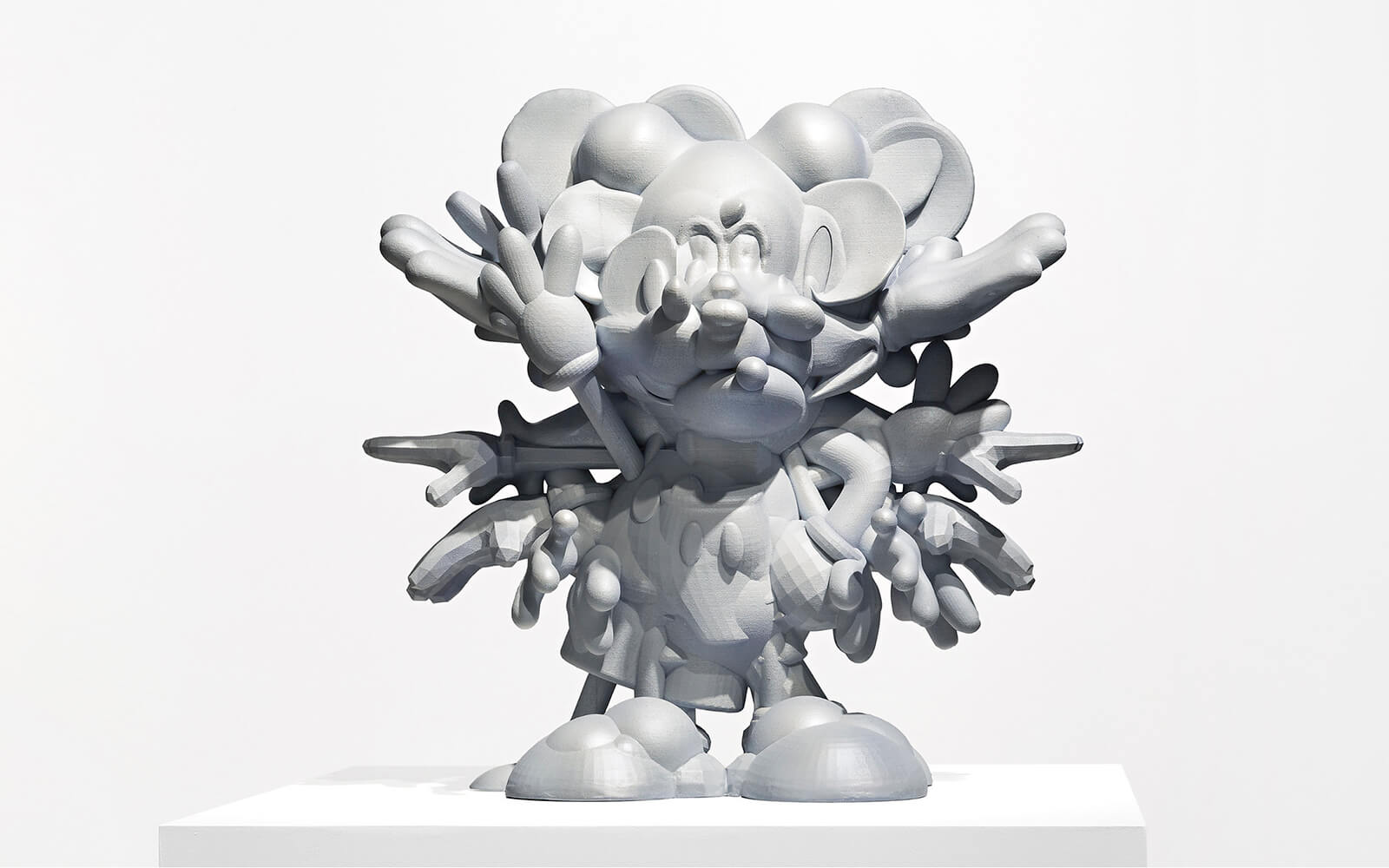
“The deluge of automation will amplify whatever it is pointed at. If we continue to value engagement above all else it will excel at facilitating 24-hour content avatars, sophistry, and distracting novelty.”
“The interdisciplinary art practice is your biggest project. Finding your people to nurture and grow together this idea of the practice being the project is what I’m thinking about right now.”
“We appear more like clouds, or atmospheres, or energy fields, and our meatiness fades into insignificance. Our breath forms chemical swirls drifting through multiple umwelten. Strands of you stretch for miles, caressing the nervous systems of innumerable lifeforms.”
“The works certainly carry historical significance, but in their new ‘commonplace’ state, they become fossils through contemporary eyes.”
“Not having one theme imposed by a curator but multiple curators contributing their unique concepts and artist selections to the same event was unheard of at the time and remains uncommon today, even after a decade.”
Documenting a half-century of DIY publishing, “Copy Machine Manifestos: Artists Who Make Zines” opens at the Brooklyn Museum. A tremendous undertaking, more than one thousand artists’ zines and publications emerging from the unruly 1970-2020 North American punk and queer underground are featured. Artist-publishers including Tom Jennings and Mimi Thi Nguyen present their Xerox handiwork and an online archive of selected zines opens access to the rich collection.
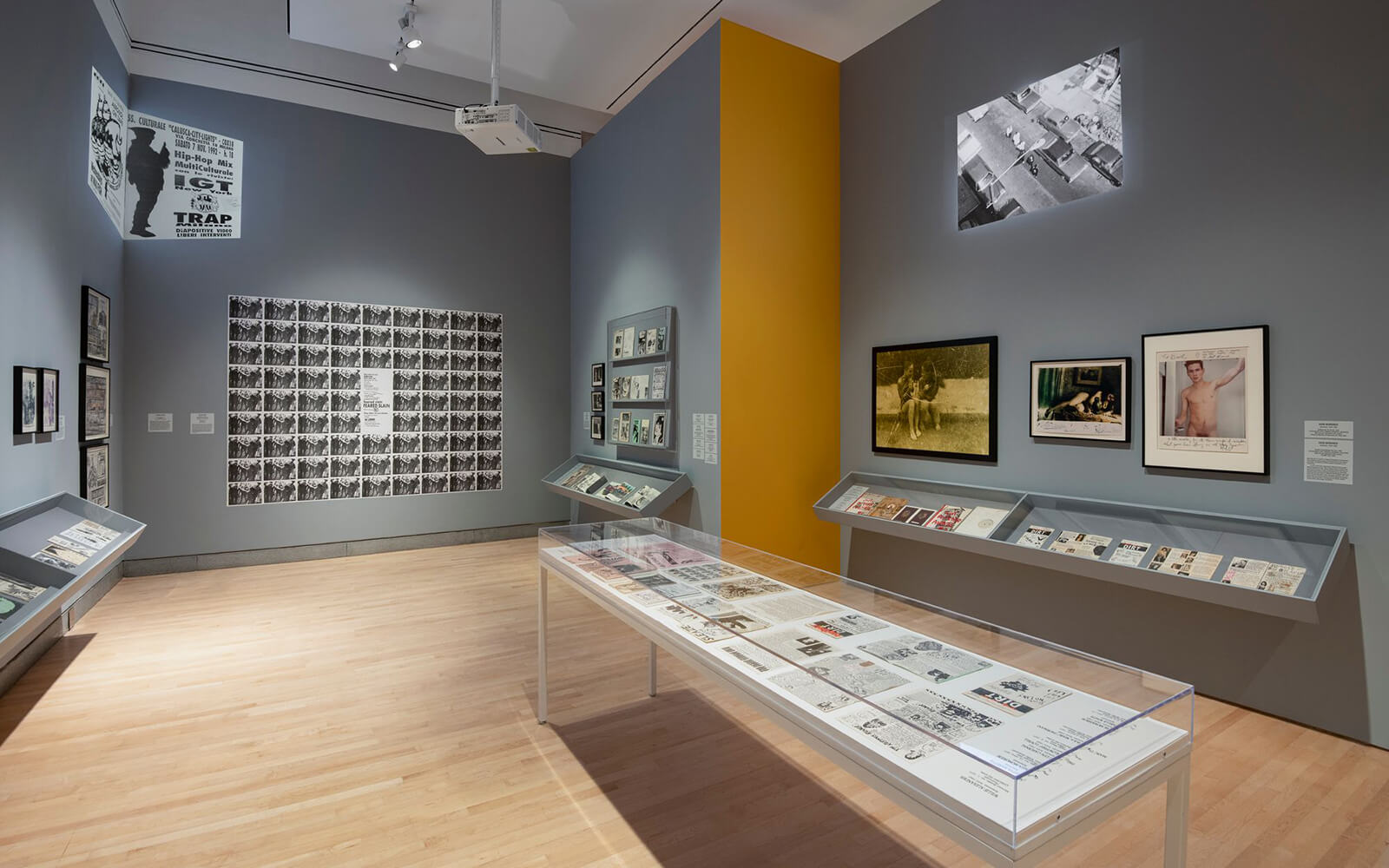
New Art City Virtualizes The Gallery, Abolishes Gatekeepers, and Increases Access
The duo behind the California-based artist-run virtual space discuss their yearly showcase “MEMORY CARD,” and the politics and aesthetics of online exhibitions
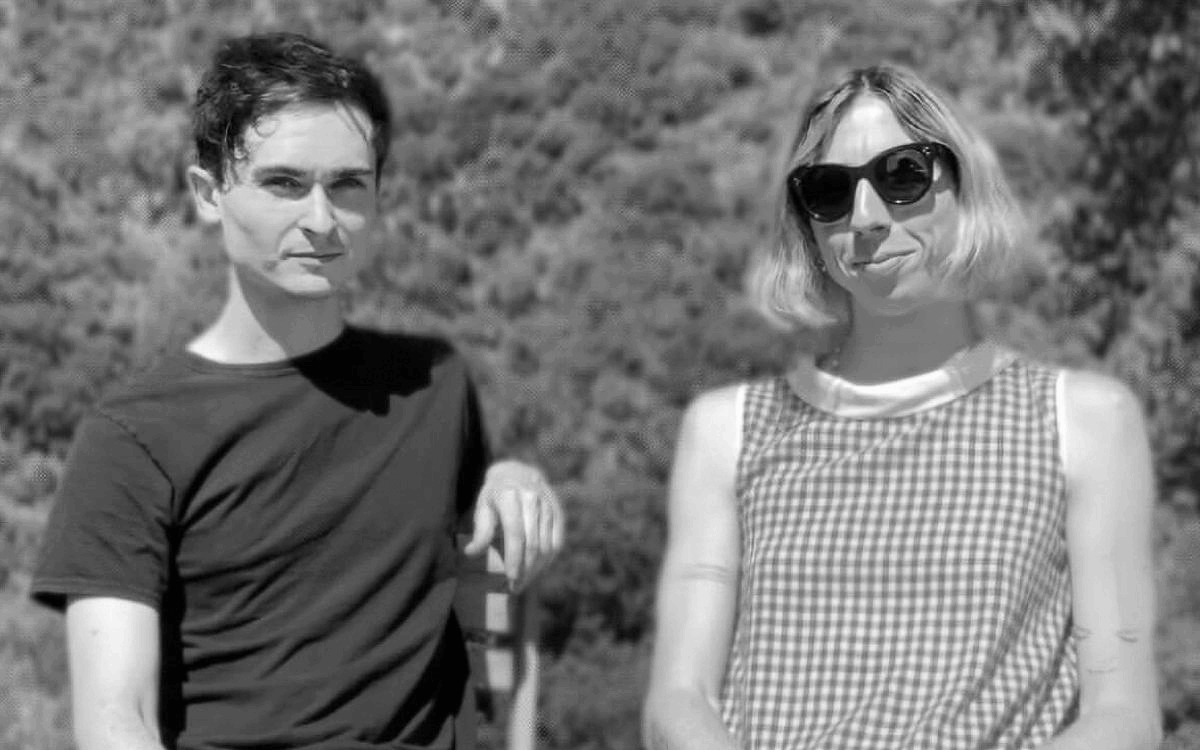
“The Spectre of the People,” the flagship exhibition of the 2023 Thessaloniki Photobiennale opens in its namesake port city in Greece. Curated by Julian Stallabrass, artists including Lauren Greenfield, Carey Young, and The Archive of Public Protests explore populism. DISNOVATION.ORG contributes ONLINE CULTURE WARS (2023, image), a map of the “over-politicization of seemingly mundane topics, practices, and cultural elements,” with Donald Trump at the centre of a disinformation vortex.
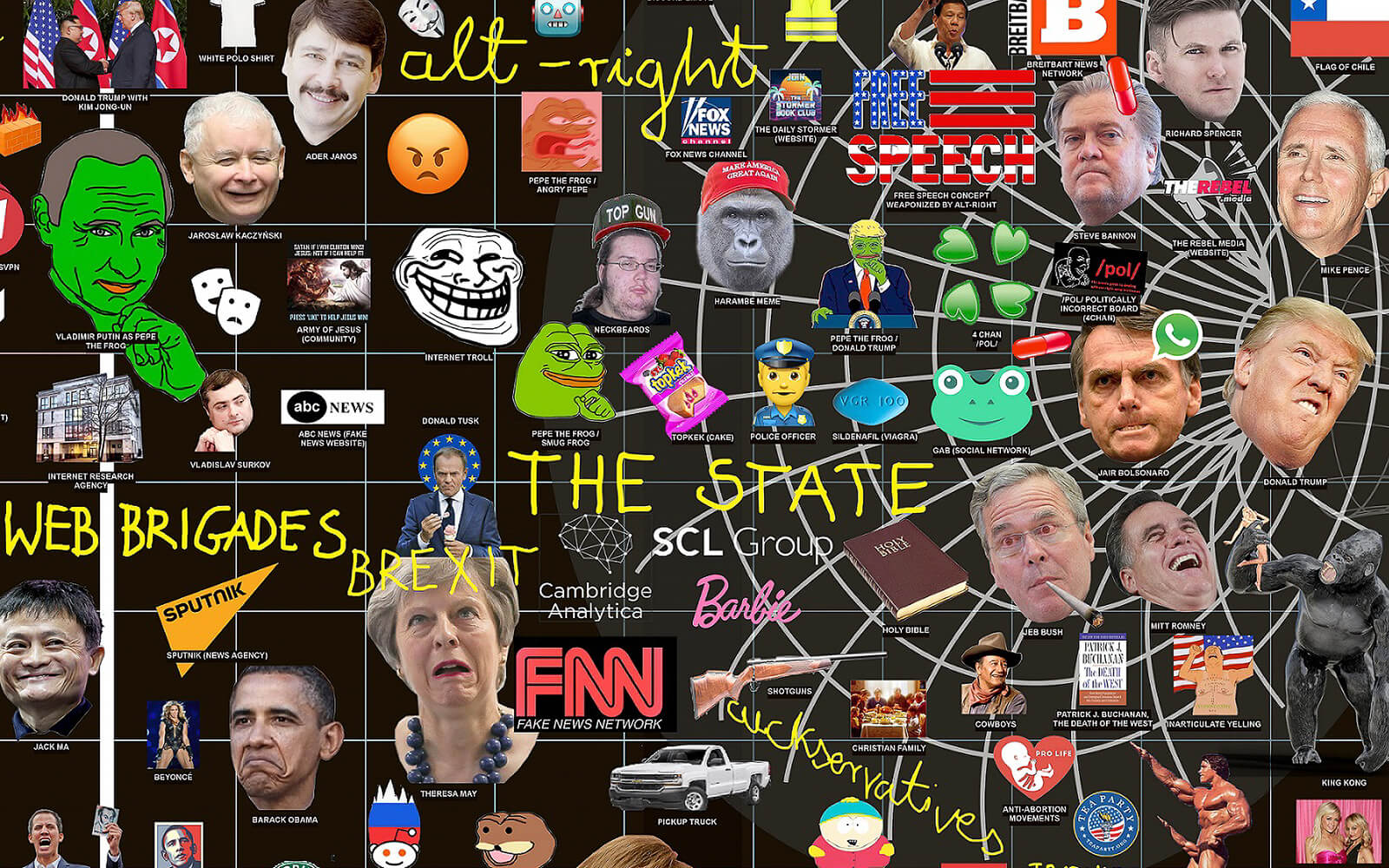
“In the end, we need to ask more of museums and we need to ask more of DAOs (and of emerging technologies more broadly). For either to earn our trust, they need to continually define their terms and defend their motives.”
Making vital chapters of San Francisco counterculture history accessible to all, Gray Area launches the Whole Earth Index. An online archive, the site presents page-by-page scans of every issue of Whole Earth Catalog (1970-88), Whole Earth Review (1985-96), and affiliated publications created by Stewart Brand and collaborators. Produced by Barry Threw, the archive was designed and developed by collaborators Mindy Seu and Jon Gacnik, while hosting (and posterity) is provided by Internet Archive,
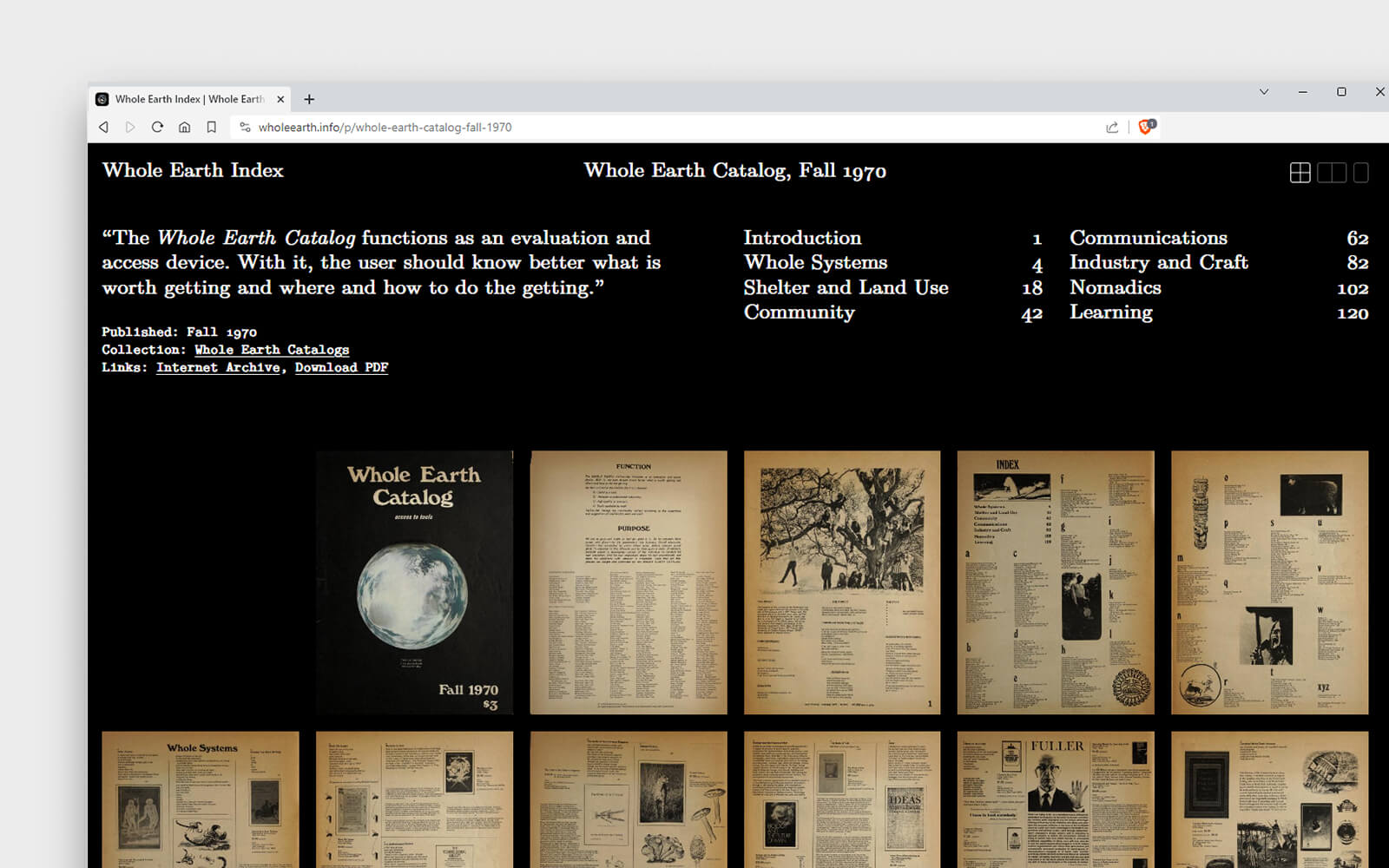
“Digital art was already ‘canonized at MoMA’—fifty-five years ago, when they acquired Charles Csuri’s Hummingbird film in 1968, after showing it as part of their survey ‘The Machine as Seen at the End of the Mechanical Age.’”
“REBOOT: Pioneering Digital Art” opens at Rotterdam’s Nieuwe Instituut. Building out of the Digital Canon 1960–2000 research project organized by LI-MA consultancy, the show presents Netherlands-centric electronic and media art from the second half of the 20th century by artists including Annie Abrahams, Driessens & Verstappen, Edward Ihnatowicz, and JODI. Not only a celebration of the past, contemporary Dutch artists including Dries Depoorter and Luna Maurer & Roel Wouters contribute newly-commisioned works.
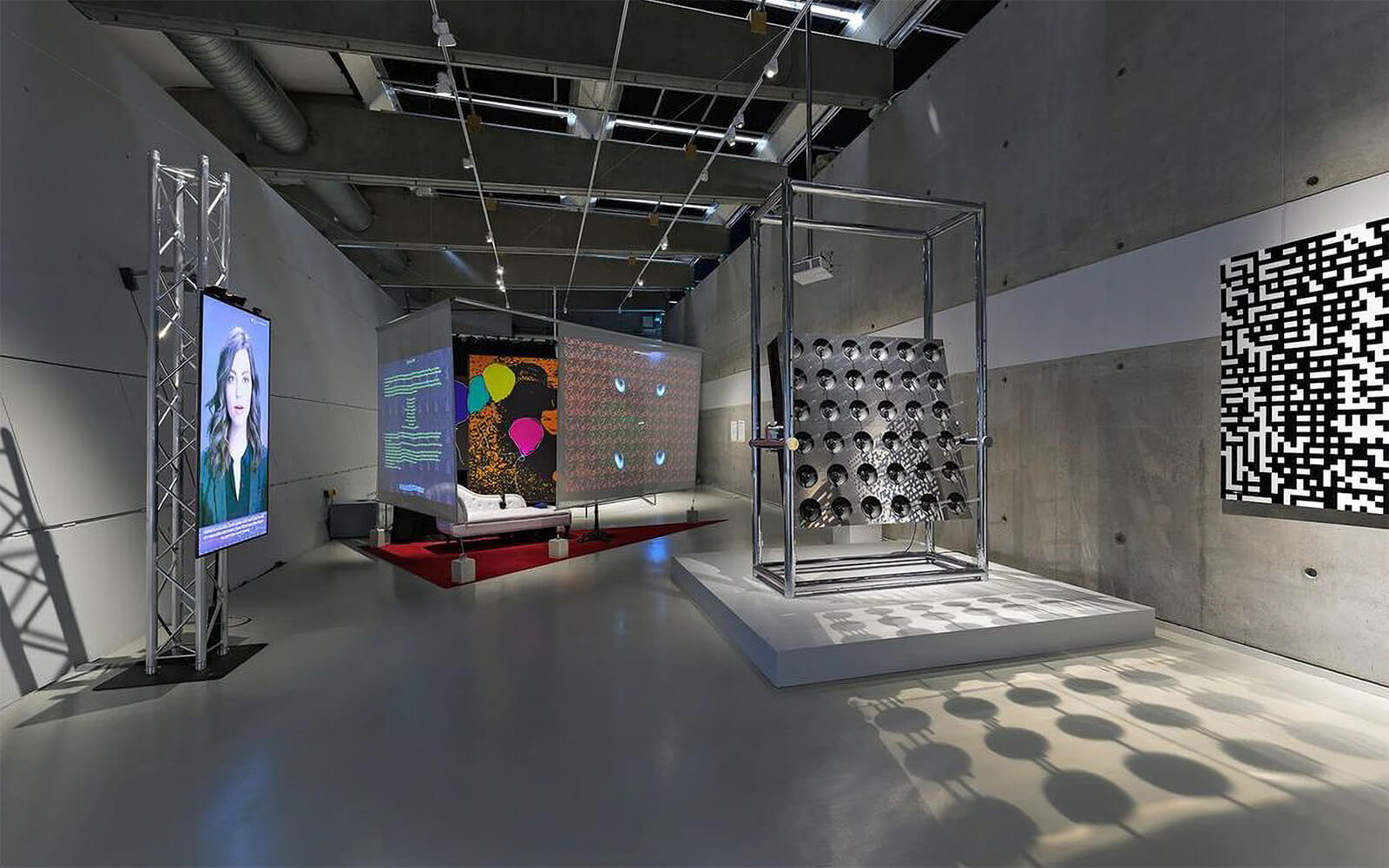
“Perhaps the limits of our energy are not dismal markers of failure but important demarcations for where we want to focus, prioritize, and sustain our collective power.”
Daily discoveries at the nexus of art, science, technology, and culture: Get full access by becoming a HOLO Reader!
- Perspective: research, long-form analysis, and critical commentary
- Encounters: in-depth artist profiles and studio visits of pioneers and key innovators
- Stream: a timeline and news archive with 1,200+ entries and counting
- Edition: HOLO’s annual collector’s edition that captures the calendar year in print
